Tags: 2D Material Angela Hight Walker Brett Goldsmith Caio Lo Sardo Cardea Bio Council Graphene Graphene Council Graphene News MITO Material Solutions Nanotechnologies National Institute of Standard
AddThis.
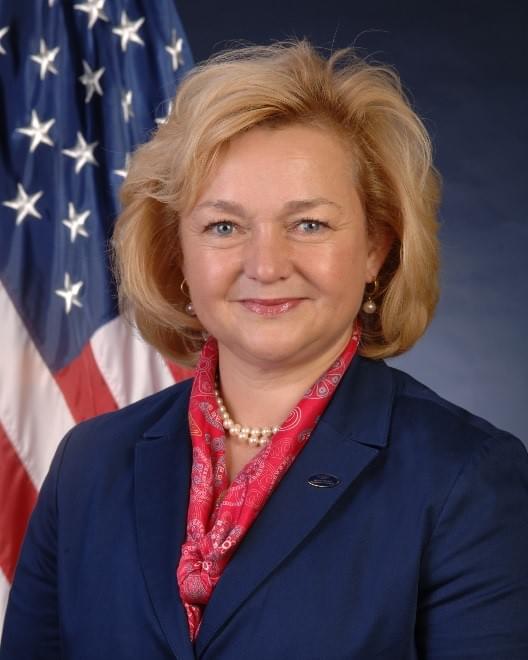
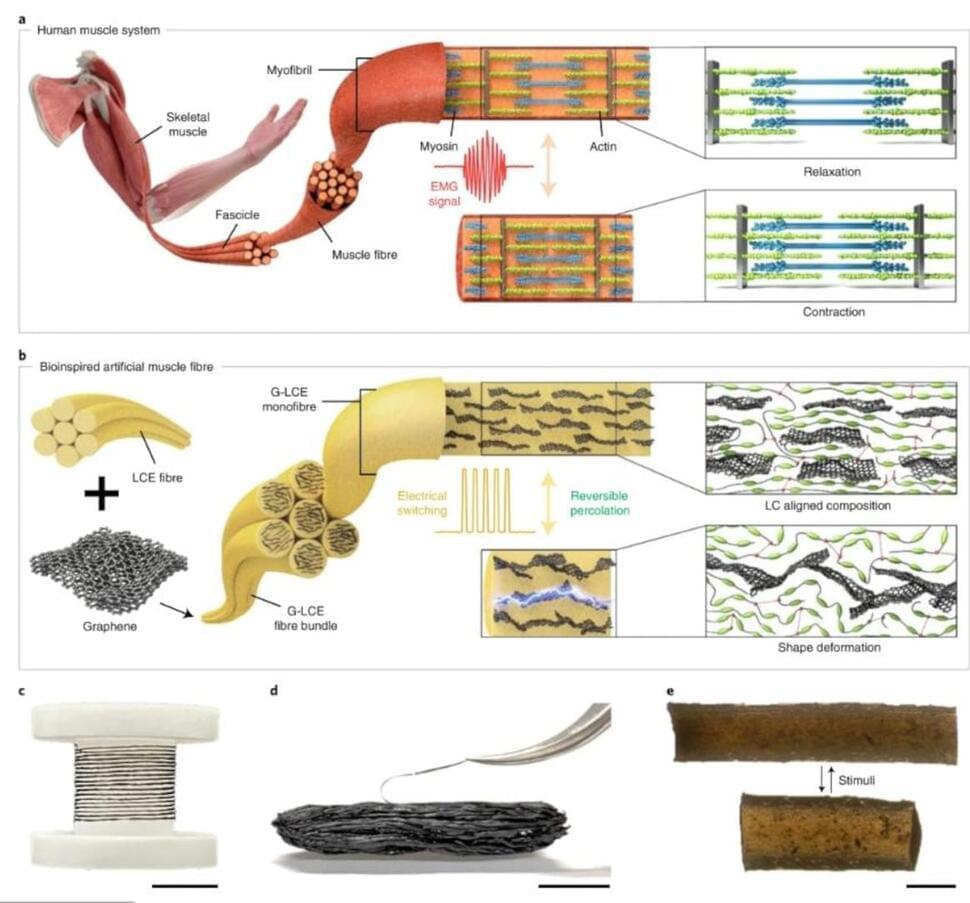
Researchers from the Korea Advanced Institute of Science and Technology (KAIST), Pusan National University and CNRS have developed an artificial muscle that is 17 times more powerful than that of humans. The muscle made of graphene-liquid crystal elastomer-based fiber bundles will reportedly be commercialized through a Korean company. Image The main factor that hinders the development of high-performance artificial muscles is that scientists are not able to mechanically select a certain part of the artificial muscle to contract and expand. Large and bulky artificial muscles are not accurate enough.

Researchers at The University of Texas at Austin and Texas A&M University have used electronic tattoo (e-tattoo) technology to measure stress levels, by attaching a device to people’s palms (AKA electrodermal activity or EDA sensing). The researchers created a graphene-based e-tattoo that attaches to the palm, is nearly invisible and connects to a smart watch. Image In June 2022, researchers from the same universities also developed a graphene-based electronic tattoo that can be worn on the wrist for hours and deliver continuous blood pressure measurements at an accuracy level exceeding nearly all available options on the market today.

Finding a material that could replace silicon is a critical task in nanoelectronics. For many years, graphene has appeared promising. However, its potential was compromised along the way because of destructive processing techniques and the absence of a new electronics paradigm to adopt it. The need for the next major nanoelectronics platform is greater than ever, as silicon is almost at its limit in supporting faster computation.
The strength of graphene, according to Walter de Heer, a professor at the Georgia Institute of Technology’s School of Physics, rests in its flat, two-dimensional structure, which is kept together by the strongest chemical bonds known.
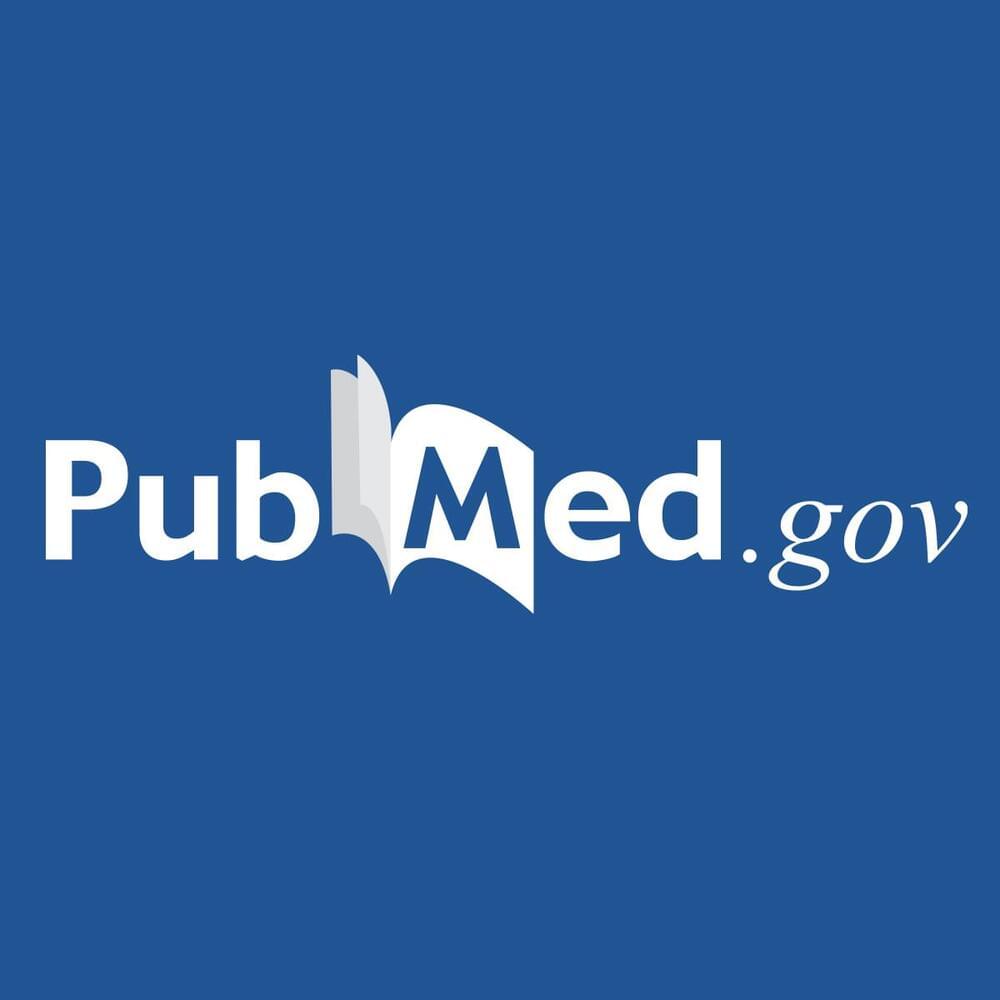
Orally administered collagen peptides could contribute to antiaging by replacing the degraded extracellular matrix proteins caused by photoaging. This study aimed to evaluate the efficacy and safety of low-molecular-weight collagen peptides for treating photoaged and dry skin. In this randomized, placebo-controlled, parallel-group, double-blinded trial, we randomly assigned study participants (n = 100) to either the test product group or placebo group at a 1:1 ratio for 12 weeks. The wrinkle scale score, eye wrinkle volume, roughness parameters, such as the average maximum height of the wrinkle (Rz), arithmetic average within the total measuring length of the wrinkle (Ra), maximum profile valley depth of the wrinkle (Rv), and skin hydration, transepidermal water loss (TEWL), overall elasticity (R2), and ratio of elastic recovery to total deformation (R7) were evaluated at baseline, 6 weeks, and 12 weeks. Safety assessments with serial blood tests were also conducted. Efficacy assessments of data from 84 participants were conducted as the per-protocol analysis. After 12 weeks, the 10-grade crow’s feet photo scale score, eye wrinkle volume, skin roughness parameters (Rz, Ra, and Rv), skin elasticity (R2 and R7), skin hydration, and TEWL were significantly improved in the test product group compared to the placebo group. There were no adverse events or abnormalities according to laboratory analysis associated with using the test material during the study period. This study showed that the oral supplementation of low-molecular-weight collagen peptides could improve the wrinkles, elasticity, hydration, and barrier integrity of photoaged facial skin. This clinical study was registered with the Korean Clinical Research Information Service and International Clinical Trials Registry Platform (No: KCT0006500).
Keywords: clinical study; collagen peptide; photoaging; wrinkles.

The body constantly replaces used materials and breaks them down for disposal. MPS VI patients are missing an enzyme essential to breaking down the mucopolysaccharide dermatan sulfate. These materials remain stored in the body’s cells, causing progressive damage. Babies may show little sign of the disease (so better testing is needed), but as cells sustain damage, symptoms start to appear.
Its sad when people have disorders that have a low life expectancy in their 20’s and 30’s EnzymeMaroteaux-Lamy syndrome Is one such affliction, however their is enzyme replacement treatment, but more needs to be done.
Enzyme Replacement Treatment.
https://www.ncbi.nlm.nih.gov/pmc/articles/PMC7752495/
Learn more about MPS VI and the available treatments and resources for this diagnosis.
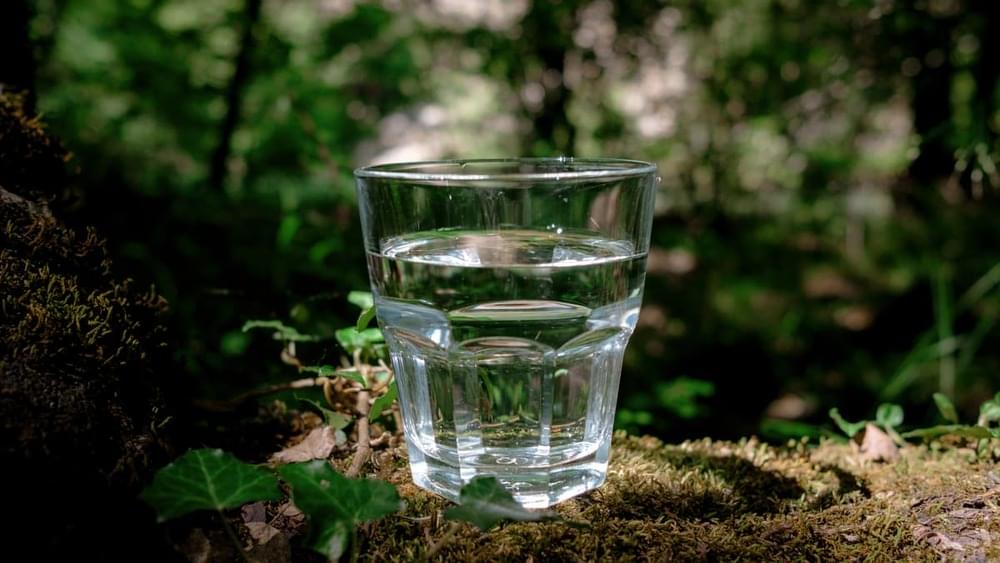
Microplastics are a growing environmental problem, but now researchers in Korea have developed a new water purification system that can filter out these tiny fragments, as well as other pollutants, very quickly and with high efficiency.
Given the ubiquity of plastic in the modern world, it’s not surprising that tiny flakes of the stuff can be found basically everywhere on Earth, even in environments thought to be pristine. Microplastics have been detected from pole to pole, from the deepest ocean trenches to the tallest mountain peaks, and are making their way up the food chain all the way to humans.
Various materials are being tested to help filter out microplastics, including magnetic “nanopillars,” nanocellulose, semiconductor wires, and filtration columns containing sand, gravel and biofilms. Now, researchers at Daegu Gyeongbuk Institute of Science and Technology (DGIST) in South Korea have found promise with a new design.
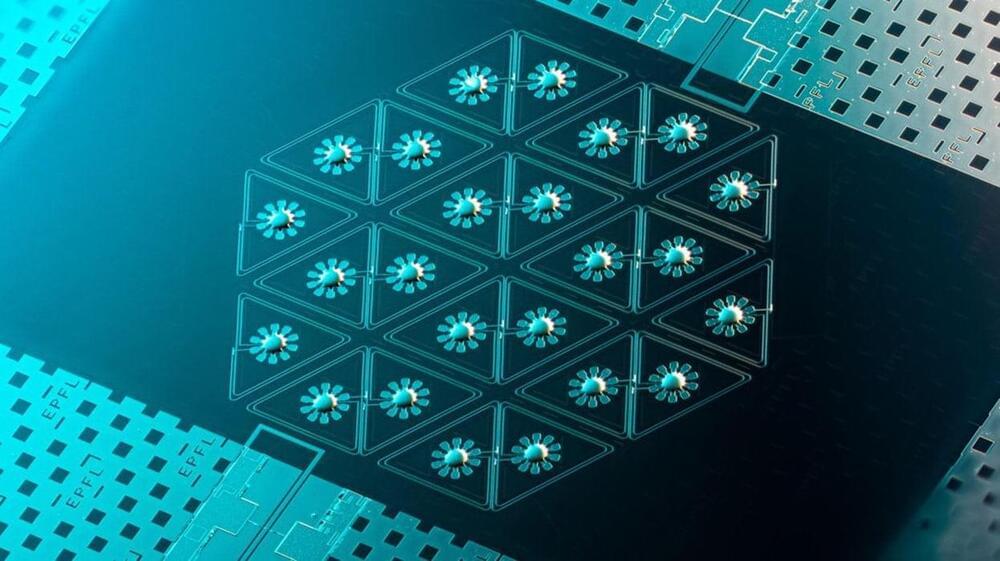
We may think we invented mathematics but we actually only discover it. It’s the immaterial underpinning of material nature.